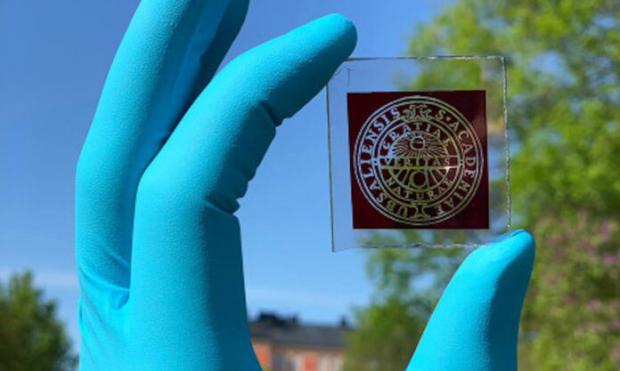
Breaking News
 Prominent Ukrainian Politician Assassinated In Broad Daylight On Streets Of Lviv
Prominent Ukrainian Politician Assassinated In Broad Daylight On Streets Of Lviv
 "We're Losing Our Community": Short-Term Rentals Are Ruining Three Rivers, Residents S
"We're Losing Our Community": Short-Term Rentals Are Ruining Three Rivers, Residents S
 Former CDC Vaccine Chief Demetre Daskalakis Who Resigns as Director of Immunization...
Former CDC Vaccine Chief Demetre Daskalakis Who Resigns as Director of Immunization...
 Blue Light's Shadow: A Weapon of Social and Technological Control | Elijah Schaffer
Blue Light's Shadow: A Weapon of Social and Technological Control | Elijah Schaffer
Top Tech News
 NVIDIA just announced the T5000 robot brain microprocessor that can power TERMINATORS
NVIDIA just announced the T5000 robot brain microprocessor that can power TERMINATORS
 Two-story family home was 3D-printed in just 18 hours
Two-story family home was 3D-printed in just 18 hours
 This Hypersonic Space Plane Will Fly From London to N.Y.C. in an Hour
This Hypersonic Space Plane Will Fly From London to N.Y.C. in an Hour
 Magnetic Fields Reshape the Movement of Sound Waves in a Stunning Discovery
Magnetic Fields Reshape the Movement of Sound Waves in a Stunning Discovery
 There are studies that have shown that there is a peptide that can completely regenerate nerves
There are studies that have shown that there is a peptide that can completely regenerate nerves
 Swedish startup unveils Starlink alternative - that Musk can't switch off
Swedish startup unveils Starlink alternative - that Musk can't switch off
 Video Games At 30,000 Feet? Starlink's Airline Rollout Is Making It Reality
Video Games At 30,000 Feet? Starlink's Airline Rollout Is Making It Reality
 Automating Pregnancy through Robot Surrogates
Automating Pregnancy through Robot Surrogates
 Grok 4 Vending Machine Win, Stealth Grok 4 coding Leading to Possible AGI with Grok 5
Grok 4 Vending Machine Win, Stealth Grok 4 coding Leading to Possible AGI with Grok 5
Low Ambient Light Indoors Can Be Harvested to Charge Electronics

Towards this goal, Swedish researchers have created a new type of dye-sensitized solar cell that could charge our electronics by harvesting light from indoor lamps.
The research—published in Chemical Science—promises to revolutionize indoor digital sensing for smart greenhouses, offices, shelves, packages, and many other 'smart' everyday objects that connect to the internet.
According to a statement from Uppsala University, it is estimated that by 2025, many facets of our lives will be mediated through 75 billion devices that connect to the internet—a majority of which will be located indoors.
Broad installation of internet-enabled devices requires them to become autonomous, meaning that they should no longer need batteries or a grid connection to operate. To achieve this, it is crucial to identify a local low-maintenance energy source that can provide power them, especially in ambient conditions.
An Uppsala research team led by Marina Freitag, assistant professor at the Department of Chemistry, has developed new indoor photovoltaic cells that can convert up to 34 per cent of visible light into electricity to power a wide range of Internet of Things (IoT) sensors.

 HERE COMES THE MOTHERSHIP
HERE COMES THE MOTHERSHIP

